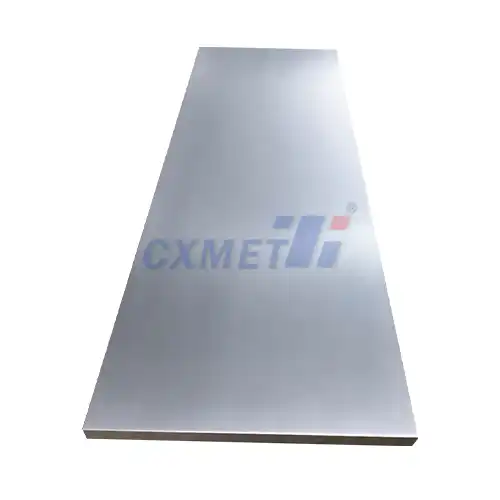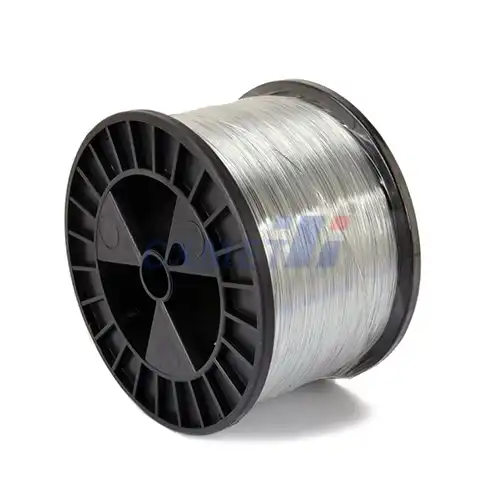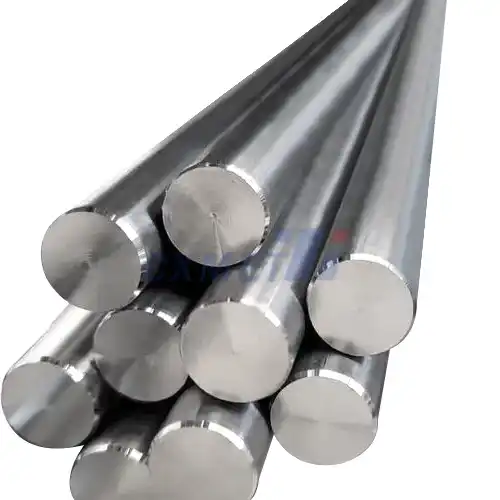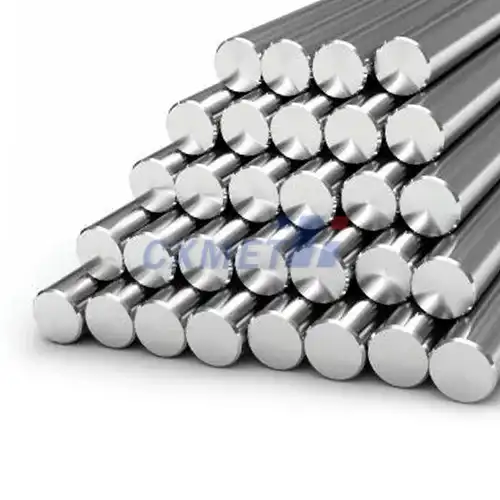- English
- French
- German
- Portuguese
- Spanish
- Russian
- Japanese
- Korean
- Arabic
- Greek
- German
- Turkish
- Italian
- Danish
- Romanian
- Indonesian
- Czech
- Afrikaans
- Swedish
- Polish
- Basque
- Catalan
- Esperanto
- Hindi
- Lao
- Albanian
- Amharic
- Armenian
- Azerbaijani
- Belarusian
- Bengali
- Bosnian
- Bulgarian
- Cebuano
- Chichewa
- Corsican
- Croatian
- Dutch
- Estonian
- Filipino
- Finnish
- Frisian
- Galician
- Georgian
- Gujarati
- Haitian
- Hausa
- Hawaiian
- Hebrew
- Hmong
- Hungarian
- Icelandic
- Igbo
- Javanese
- Kannada
- Kazakh
- Khmer
- Kurdish
- Kyrgyz
- Latin
- Latvian
- Lithuanian
- Luxembou..
- Macedonian
- Malagasy
- Malay
- Malayalam
- Maltese
- Maori
- Marathi
- Mongolian
- Burmese
- Nepali
- Norwegian
- Pashto
- Persian
- Punjabi
- Serbian
- Sesotho
- Sinhala
- Slovak
- Slovenian
- Somali
- Samoan
- Scots Gaelic
- Shona
- Sindhi
- Sundanese
- Swahili
- Tajik
- Tamil
- Telugu
- Thai
- Ukrainian
- Urdu
- Uzbek
- Vietnamese
- Welsh
- Xhosa
- Yiddish
- Yoruba
- Zulu
What Is The Tensile Strength Of Gr3 Titanium Wire?
2024-12-27 15:38:52
Gr3 titanium wire is a popular material in various industries due to its exceptional properties, including high strength-to-weight ratio, excellent corrosion resistance, and biocompatibility. One of the most crucial characteristics of Gr3 titanium wire is its tensile strength, which determines its ability to withstand tension without breaking. In this blog post, we'll explore the tensile strength of Gr3 titanium wire and delve into related aspects that make this material so valuable in different applications.

How does Gr3 titanium wire compare to other grades of titanium?
Gr3 titanium wire is one of several grades of commercially pure titanium, each with its unique properties and applications. When comparing Gr3 titanium wire to other grades, it's essential to consider factors such as strength, ductility, and corrosion resistance.
Grade 1 titanium is the most ductile and softest grade of pure titanium, making it ideal for applications requiring high formability. It has a lower tensile strength compared to Gr3, typically ranging from 240 to 330 MPa (34.8 to 47.9 ksi).
Grade 2 titanium is slightly stronger than Grade 1 and is the most widely used grade of pure titanium. It offers a good balance of strength and ductility, with a tensile strength ranging from 345 to 490 MPa (50 to 71 ksi).
Grade 3 titanium, the focus of our discussion, has a higher strength than Grades 1 and 2, with a typical tensile strength range of 450 to 590 MPa (65.3 to 85.6 ksi). This increased strength makes it suitable for applications requiring more durability while still maintaining good ductility and formability.
Grade 4 titanium is the strongest of the commercially pure titanium grades, with a tensile strength ranging from 550 to 740 MPa (79.8 to 107.3 ksi). However, it has lower ductility compared to Gr3 titanium.
Compared to titanium alloys like Ti-6Al-4V (Grade 5), Gr3 titanium wire has lower strength but offers better corrosion resistance and formability. Ti-6Al-4V has a much higher tensile strength, typically ranging from 895 to 1000 MPa (129.8 to 145 ksi), making it suitable for high-strength applications in aerospace and medical industries.
The unique combination of strength, ductility, and corrosion resistance makes Gr3 titanium wire an excellent choice for various applications, including chemical processing equipment, heat exchangers, and medical implants. Its strength-to-weight ratio is superior to many other metals, allowing for lightweight yet strong components in various industries.
What factors affect the tensile strength of Gr3 titanium wire?
Several factors can influence the tensile strength of Gr3 titanium wire, and understanding these factors is crucial for optimizing its performance in different applications. Let's explore some of the key elements that affect the tensile strength of this material:
- Chemical composition: The purity of the titanium and the presence of interstitial elements like oxygen, nitrogen, and carbon can significantly impact the wire's strength. Higher levels of these interstitial elements generally increase strength but may reduce ductility.
- Heat treatment: The heat treatment process can alter the microstructure of the titanium wire, affecting its mechanical properties. Annealing, for example, can reduce internal stresses and improve ductility, potentially at the cost of some strength.
- Cold working: Cold working processes, such as wire drawing, can increase the tensile strength of Gr3 titanium wire by introducing dislocations and refining the grain structure. However, excessive cold working may lead to a loss of ductility.
- Wire diameter: The diameter of the wire can influence its tensile strength, with thinner wires often exhibiting higher strength due to the increased effect of work hardening during the drawing process.
- Surface condition: The surface quality of the wire, including the presence of defects or contamination, can affect its tensile strength. A smooth, defect-free surface typically results in higher strength.
- Temperature: The operating temperature can impact the tensile strength of Gr3 titanium wire. Generally, the strength decreases as temperature increases, although titanium maintains its strength better than many other metals at elevated temperatures.
- Strain rate: The rate at which the wire is loaded can affect its apparent strength. Higher strain rates typically result in higher measured tensile strengths.
Understanding these factors allows manufacturers and engineers to optimize the properties of Gr3 titanium wire for specific applications. By carefully controlling the production process and selecting appropriate treatments, it's possible to achieve the desired balance of strength, ductility, and other properties required for a given use case.
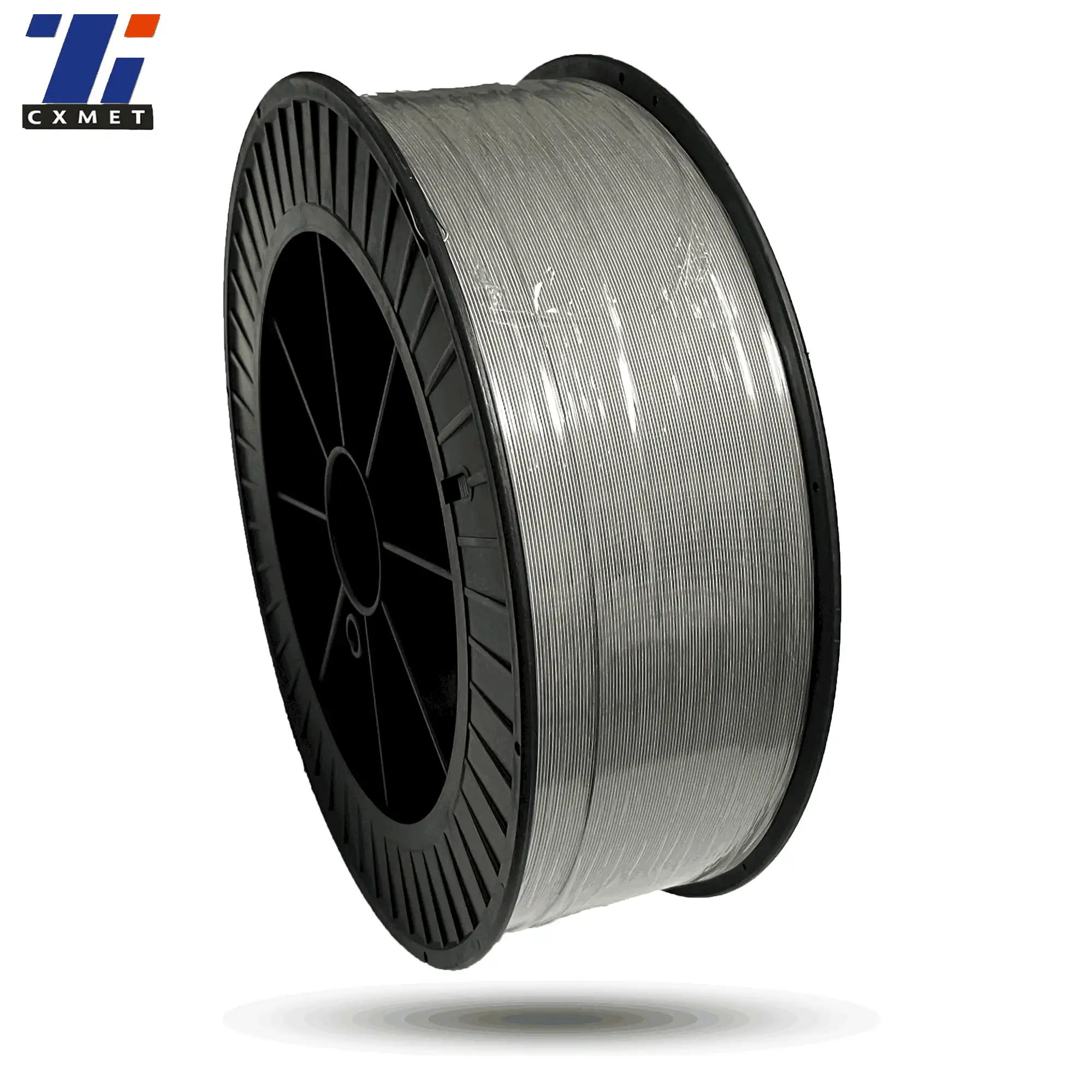
What are the main applications of Gr3 titanium wire?
Gr3 titanium wire finds applications in various industries due to its unique combination of properties, including high strength-to-weight ratio, excellent corrosion resistance, and biocompatibility. Let's explore some of the main applications of this versatile material:
- Medical and dental implants: The biocompatibility and corrosion resistance of Gr3 titanium wire make it an excellent choice for medical and dental implants. It's used in orthodontic applications, surgical staples, and various prosthetic devices.
- Aerospace industry: While not as strong as some titanium alloys, Gr3 titanium wire is still used in certain aerospace applications where its corrosion resistance and formability are advantageous. It can be found in tubing, hydraulic systems, and structural components of aircraft.
- Chemical processing: The excellent corrosion resistance of Gr3 titanium wire makes it ideal for use in chemical processing equipment, including heat exchangers, reaction vessels, and piping systems exposed to corrosive environments.
- Marine applications: Gr3 titanium wire is used in various marine applications due to its resistance to saltwater corrosion. It's found in propeller shafts, pumps, valves, and other components exposed to seawater.
- Automotive industry: Although not as widely used as in aerospace, Gr3 titanium wire finds applications in high-performance automotive parts, exhaust systems, and springs where its strength-to-weight ratio and corrosion resistance are beneficial.
- Jewelry and accessories: The hypoallergenic nature and attractive appearance of Gr3 titanium make it popular for jewelry, eyeglass frames, and other personal accessories.
- Sports equipment: Gr3 titanium wire is used in the production of high-performance sports equipment, including bicycle frames, golf club shafts, and tennis racket strings, where its lightweight and strong properties are advantageous.
- Energy industry: In oil and gas exploration and production, Gr3 titanium wire is used in downhole tools, heat exchangers, and other components exposed to corrosive environments.
- Welding applications: Gr3 titanium wire serves as a welding filler material for joining titanium and its alloys in various industries.
The versatility of Gr3 titanium wire stems from its unique combination of properties. Its strength-to-weight ratio allows for the creation of lightweight yet durable components, crucial in aerospace and sports equipment applications. The excellent corrosion resistance makes it invaluable in chemical processing, marine environments, and medical implants where exposure to corrosive substances or bodily fluids is a concern.
Moreover, the biocompatibility of Gr3 titanium wire is a significant factor in its widespread use in medical and dental applications. The human body readily accepts titanium, reducing the risk of rejection or adverse reactions to implants and prosthetics made from this material.
In conclusion, the tensile strength of Gr3 titanium wire, typically ranging from 450 to 590 MPa, combined with its other remarkable properties, makes it a valuable material across numerous industries. Its ability to withstand tension while remaining lightweight and corrosion-resistant opens up a wide range of applications, from life-saving medical devices to high-performance sports equipment. As research and development in materials science continue, we can expect to see even more innovative uses for Gr3 titanium wire in the future, further cementing its place as a crucial engineering material.
At SHAANXI CXMET TECHNOLOGY CO., LTD, we take pride in our extensive product range, which caters to diverse customer needs. Our company is equipped with outstanding production and processing capabilities, ensuring the high quality and precision of our products. We are committed to innovation and continuously strive to develop new products, keeping us at the forefront of our industry. With leading technological development capabilities, we are able to adapt and evolve in a rapidly changing market. Furthermore, we offer customized solutions to meet the specific requirements of our clients. If you are interested in our products or wish to learn more about the intricate details of our offerings, please do not hesitate to contact us at sales@cxmet.com. Our team is always ready to assist you.
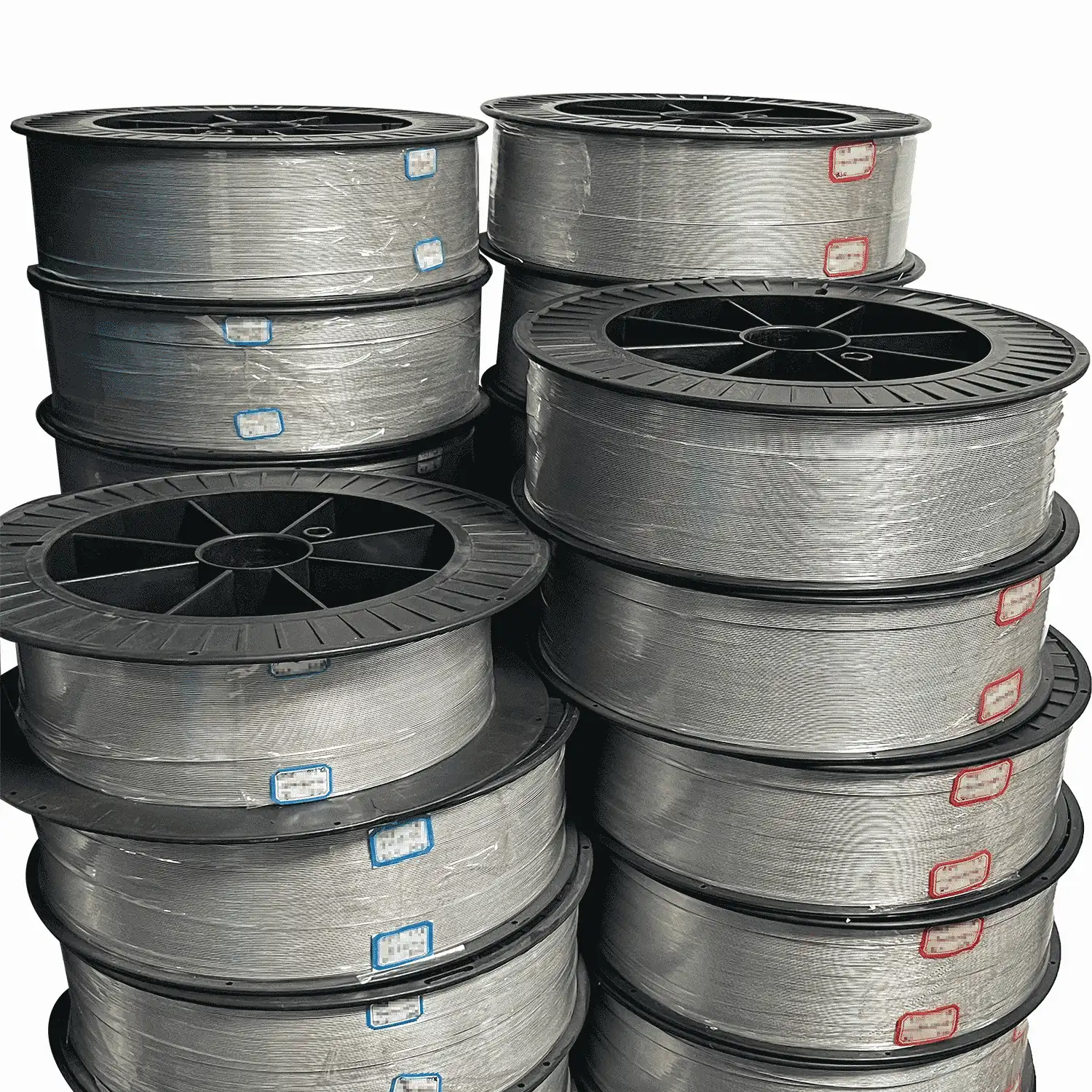
References
- ASTM International. (2021). ASTM B863-14 Standard Specification for Titanium and Titanium Alloy Wire.
- Leyens, C., & Peters, M. (Eds.). (2003). Titanium and titanium alloys: fundamentals and applications. John Wiley & Sons.
- Lutjering, G., & Williams, J. C. (2007). Titanium. Springer Science & Business Media.
- Donachie, M. J. (2000). Titanium: a technical guide. ASM international.
- Boyer, R., Welsch, G., & Collings, E. W. (1994). Materials properties handbook: titanium alloys. ASM international.
- Peters, M., Kumpfert, J., Ward, C. H., & Leyens, C. (2003). Titanium alloys for aerospace applications. Advanced Engineering Materials, 5(6), 419-427.
- Rack, H. J., & Qazi, J. I. (2006). Titanium alloys for biomedical applications. Materials Science and Engineering: C, 26(8), 1269-1277.
- Elias, C. N., Lima, J. H. C., Valiev, R., & Meyers, M. A. (2008). Biomedical applications of titanium and its alloys. JOM, 60(3), 46-49.
- Niinomi, M. (1998). Mechanical properties of biomedical titanium alloys. Materials Science and Engineering: A, 243(1-2), 231-236.
- Banerjee, D., & Williams, J. C. (2013). Perspectives on titanium science and technology. Acta Materialia, 61(3), 844-879.

